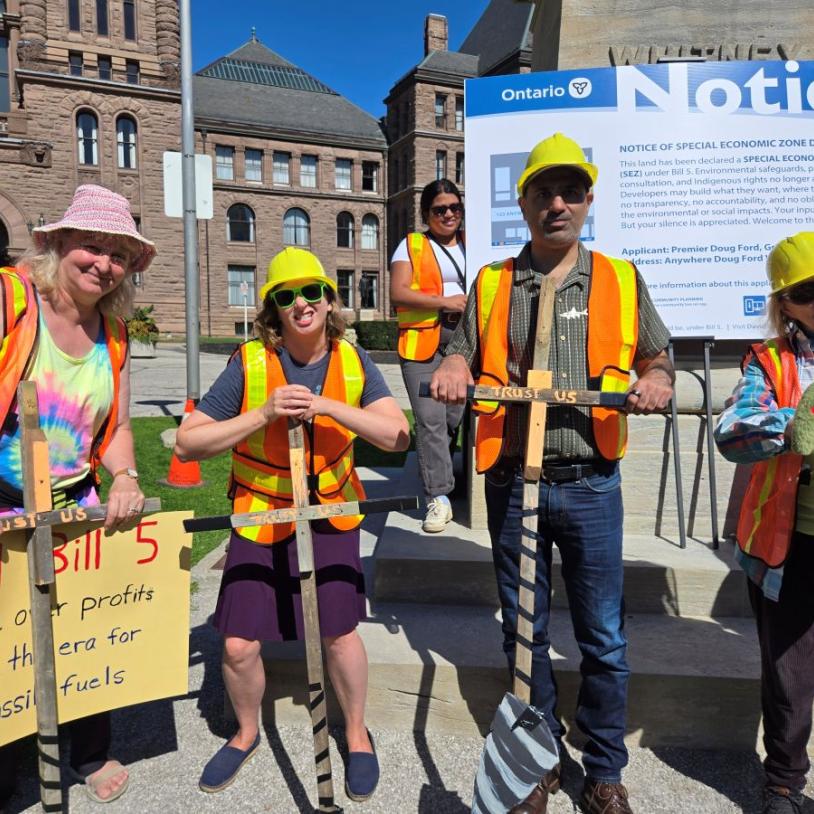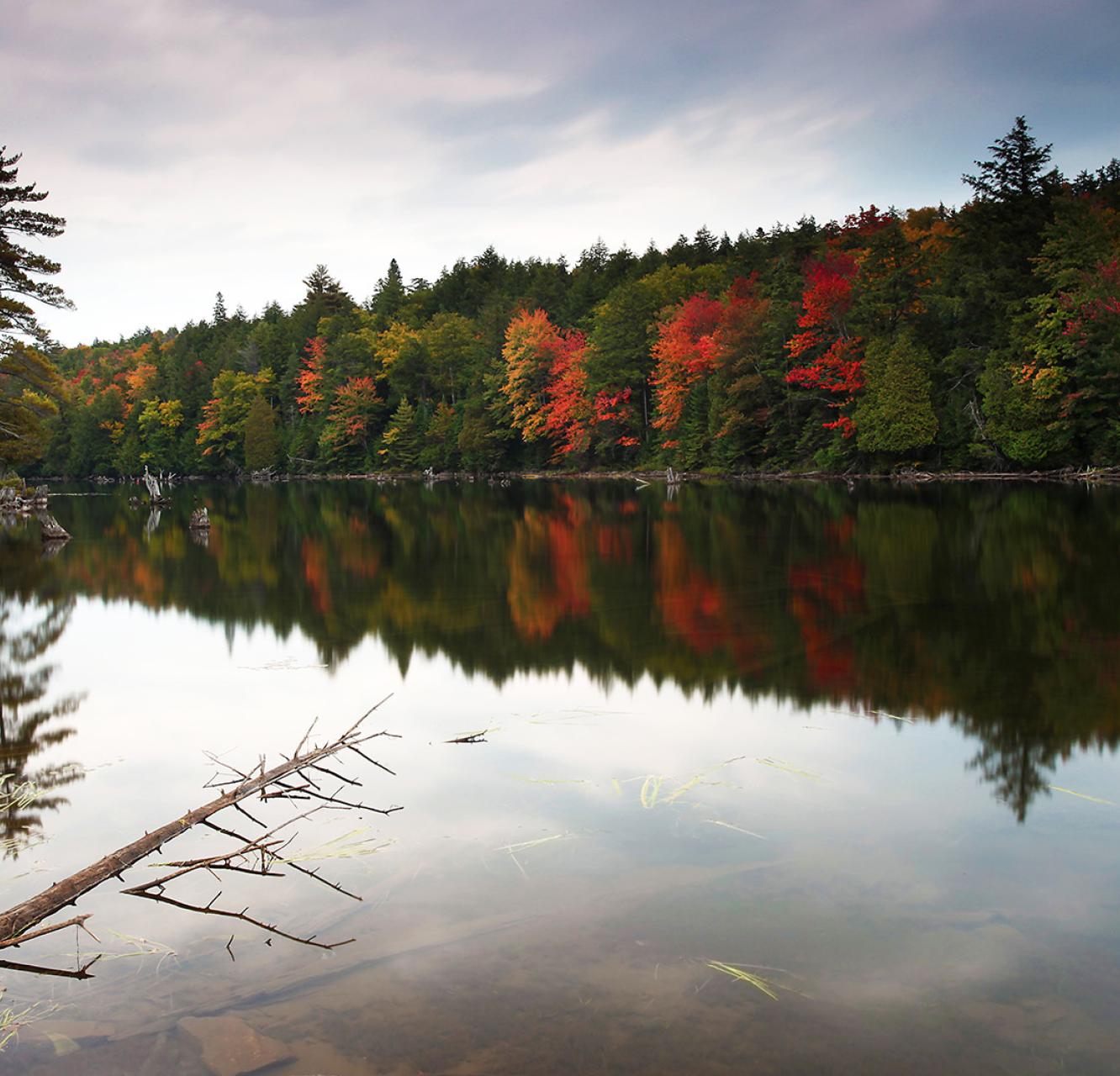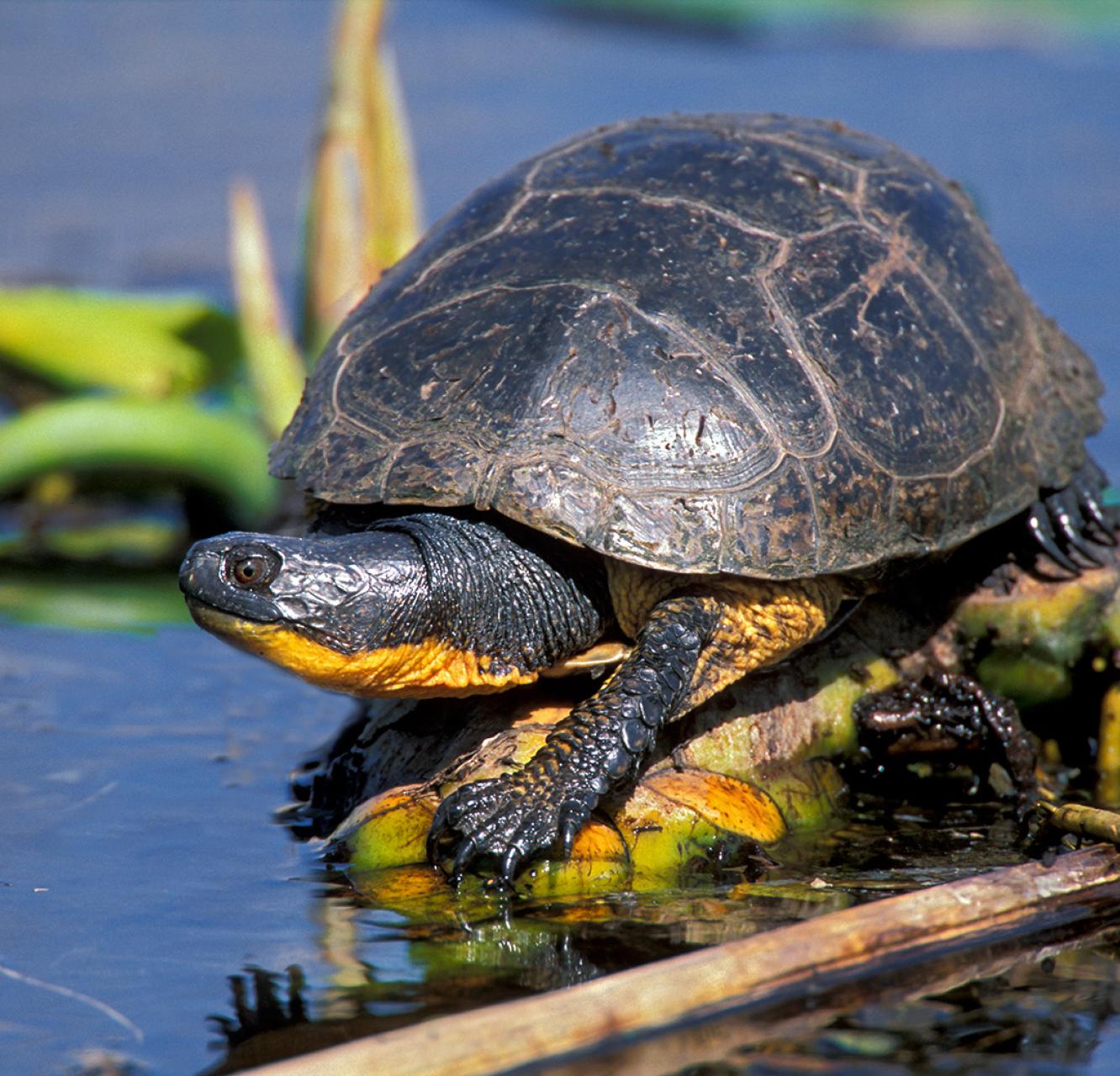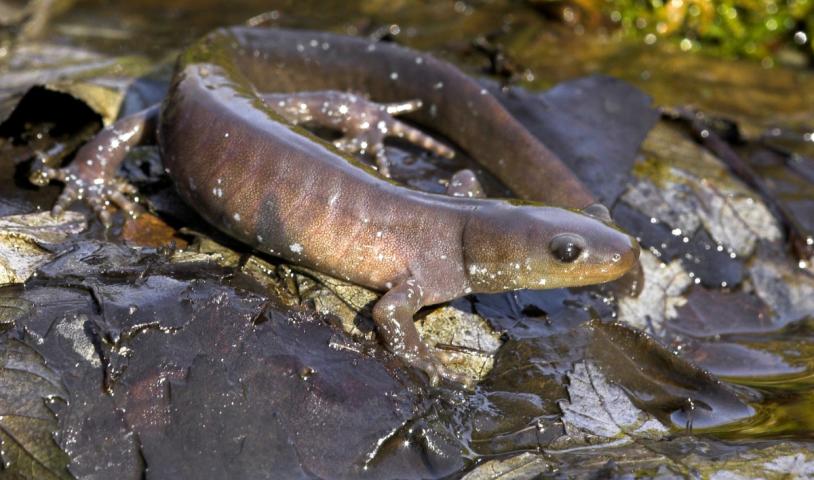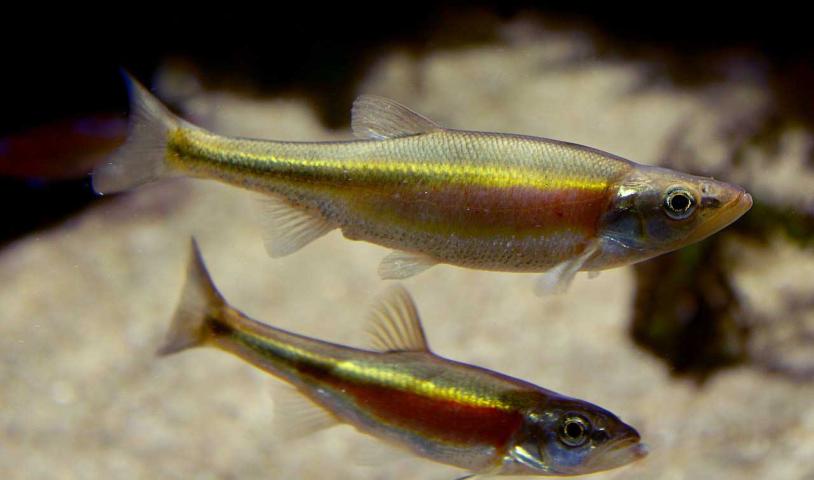OPINION: Ontario’s 2024 budget is a chance to get in on federal funding for nature protection
Monday, January 29, 2024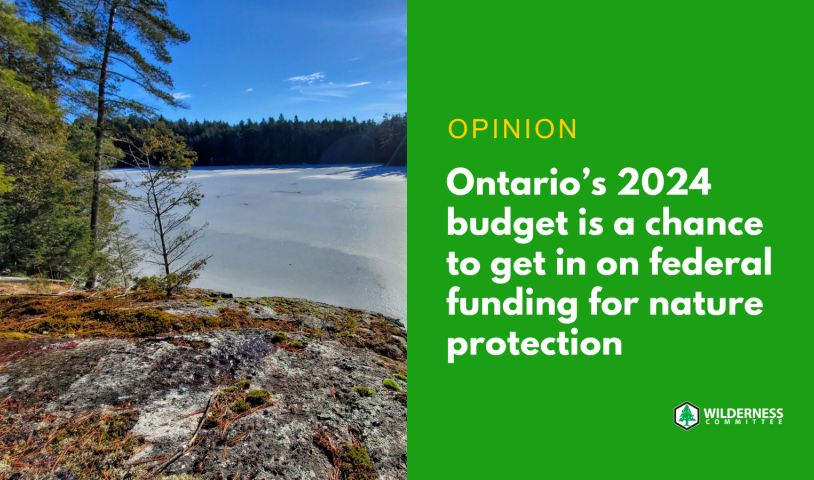
As the Government of Ontario seeks input on its next budget, will it consider a golden egg from the federal government? A year has passed since COP15 – the United Nations biodiversity conference in Montreal where 196 countries signed onto a global agreement to halt and reverse biodiversity loss. As the Government of Canada develops its national biodiversity strategy and related legislation, it’s identifying supporting provincial partners that are willing to play along. If Ontario wants in on the action – and the money – it needs to significantly up its conservation game.
Case in point: in November the federal government announced a joint agreement with British Columbia and First Nations leaders to protect 30 per cent of lands and waters in the province by 2030, also known as 30 by 30. The announcement came with a commitment of $1 billion – half from the provincial government, half from the federal government – to identify key ecosystems and to support Indigenous-led conservation.
This historic tripartite conservation agreement is a golden opportunity to advance reconciliation with Indigenous communities and secure nature-based climate solutions by keeping carbon stored in natural ecosystems. Federal Environment and Climate Change Minister, Steven Guilbeault, could not be clearer about the opportunity for other provinces: “This is a major step forward in support of Canada's goal to protect 30 per cent of lands and waters by 2030, which all provinces should get behind.” This begs the question: why wouldn’t Ontario embrace the moment?
Given spiraling climate change impacts and accelerating rates of biodiversity loss, the need to expand and strengthen protected areas in Ontario has never been more urgent.
Despite claims from the province’s Ministry of Environment, Conservation and Parks (MECP) that “Ontario is a leader in conservation within Canada,” we are, in fact, straggling behind most provinces and territories, with less than 11 per cent of lands and waters protected – a number that has barely budged in more than a decade. What little land has been added to the protected areas network since 2018 (about 0.2 per cent) has been primarily through private land purchases by land trusts – charitable organizations facing astronomical land prices. In a province where 87 per cent of land is “crown” land that is currently managed by the province, private acquisitions alone aren’t going to cut it.
Given spiraling climate change impacts and accelerating rates of biodiversity loss, the need to expand and strengthen protected areas in Ontario has never been more urgent. Protected areas offer one immediate, tangible approach to conserving the plants, animals and ecosystems that sustain us and enhance our resilience to extreme weather. They also provide immeasurable economic and health benefits to everyone.
Unlike British Colombia, Quebec, Nova Scotia and the Yukon, Ontario has not set conservation targets or acknowledged protected area proposals from Indigenous communities. Yet in 2021, the Ontario government announced that it had appointed a working group of conservation experts to make recommendations on growing protected places. The report was inexplicably buried and has been gathering dust for over two years. It was only made public through a Freedom of Information request by the Wilderness Committee. MECP still won’t acknowledge its existence.
The longer Ontario dithers, the more it risks missing the boat on growing protection that benefits biodiversity and people.
This working group recognized over two years ago that a solid plan is essential for the province to leverage federal funding. They recommended that the Government of Ontario take immediate action to develop a big-picture strategy to grow protected areas based on clear objectives, targets, and timelines. They even suggested a clear path for setting a meeting a 30 by 30 conservation target, prioritizing collaboration with Indigenous Peoples and conservation organizations, who have already done much of the work of identifying areas for protection. These are exactly the elements for a lucrative nature agreement with the federal government.
The longer Ontario dithers, the more it risks missing the boat on growing protection that benefits biodiversity and people. It’s also losing a chance to save a bit of face on the environment front. Much attention has been paid to environmental policies the Ontario government has tried to undo, such as renewable energy contracts and Greenbelt protections. What the Ontario government is failing to do also has consequences, even if that inaction is not capturing headlines. The 2024 Budget is an opportunity for the government to finally act on its own expert recommendations.
Katie Krelove is Ontario Campaigner for the Wilderness Committee
Corina Brdar is Conservation Policy and Planning Manager at Ontario Nature
